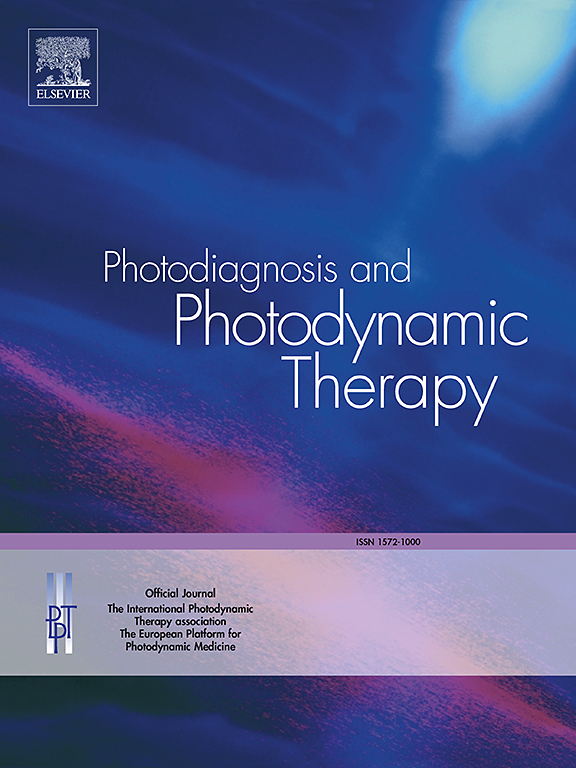Fluorescence molecular imaging-guided photodynamic therapy for early breast cancer in the prone position: Feasibility evaluation with Monte Carlo simulations
IF 3.1
3区 医学
Q2 ONCOLOGY
引用次数: 0
Abstract
Introduction
The successful diagnosis and treatment of early-stage breast cancer enhances the quality of life of patients. As a promising alternative to recently developed magnetic resonance imaging-guided radiotherapy, we proposed fluorescence molecular imaging-guided photodynamic therapy (FMI-guided PDT), which requires no expensive equipment. In the FMI simulations, ICG-C11 which has emission peaks at near-infrared wavelengths was used as the FMI agent. In the PDT simulation, Upconversion nanoparticles-Quantum dots-Rose bengal (UCQR) which was a PDT agent with upconversion capabilities was used.
Methods
The feasibility of breast cancer diagnosis and treatment using our proposed method is evaluated through Monte Carlo simulations of exact light transport through a realistic breast model in the prone position. Monte Carlo modeling in voxelized media was performed. Fluorescence propagation from the tumor and the amount of singlet oxygen produced within the tumor were estimated from the calculated fluence. Next, the effects of tumor diameter and depth from the skin surface on the simulation results were evaluated.
Results
The simulation results showed successful detection of tumors with diameters of 5–9 mm in the 15–25 mm depth region, where tumors are commonly found. Furthermore, simulations have estimated that those tumors can be completely treated by PDT with less than ten light irradiations.
Conclusion
This study suggests that fluorescent molecular imaging-guided photodynamic therapy may be a potential treatment for early-stage breast cancer. Our method would be more suitable than the conventional method for young women who are at higher risk of radiation exposure effects.

求助全文
约1分钟内获得全文
求助全文
来源期刊

Photodiagnosis and Photodynamic Therapy
ONCOLOGY-
CiteScore
5.80
自引率
24.20%
发文量
509
审稿时长
50 days
期刊介绍:
Photodiagnosis and Photodynamic Therapy is an international journal for the dissemination of scientific knowledge and clinical developments of Photodiagnosis and Photodynamic Therapy in all medical specialties. The journal publishes original articles, review articles, case presentations, "how-to-do-it" articles, Letters to the Editor, short communications and relevant images with short descriptions. All submitted material is subject to a strict peer-review process.
 求助内容:
求助内容: 应助结果提醒方式:
应助结果提醒方式:


